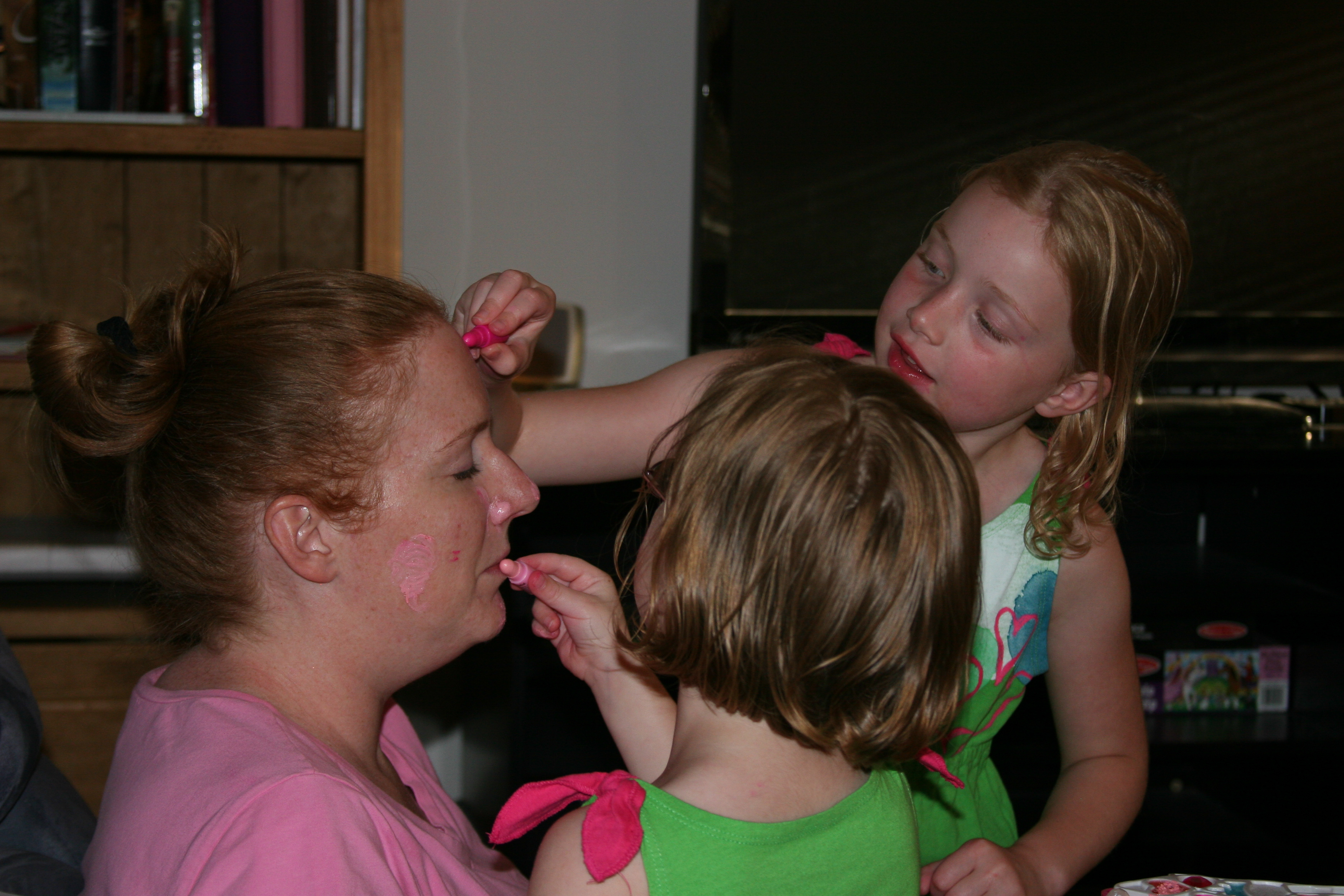By Anil, Anil Dash – September 04, 2012 at 11:53AM
I was very happy to see this morning that Fred Wilson had shared his thoughts on inclusivity, building off of my earlier post You Can’t Start the Revolution From a Country Club.
Fred gets to the heart of the matter:
I have learned the power of inclusivity from writing this blog and watching this community evolve. Everyone is welcome here. Everyone can comment. Nobody’s comments get nuked unless they are spam or hate. And I have a very high standard for hate. The community can and does police this place. And that allows anyone to come in here and be a regular. And that is what has created the magic.
Issues of inclusion and identity can be really difficult for some communities to talk about, especially when they’re framed provocatively as I intentionally did. So let me share a few nuanced points that often get lost in the discussion.
- Country clubs are useful if what you want to make is a place for people to play golf and be served drinks. I don’t want to belabor the analogy here, but there are plenty of places that are exclusive, even elitist, without necessarily being evil. Jonathan Glick illustrates this in a great way by pointing at universities as a good example. What’s key is to acknowledge, understand and admit when one is seeking to be exclusive, and to acknowledge the reasons for, and impacts of, that choice.
- Sometimes communities of interest aren’t intrinsically diverse by some measures. If you made an alumni community for the high school I went to, it’d be overwhelmingly white and lower-middle class. If you made a community for Chopard owners, it’d be overwhelmingly wealthy. If you made a community for Ledisi fans, it’d be overwhelmingly African American. Does that mean these would be designed to exclude? No, they’re for a particular audience, which happens to have a primary demographic.
- At the same time, tech platforms are different than communities of interest. If sites like Svbtle and App.net and Medium (and many, many others I didn’t mention) seek to simply be narrow communities of interest for people who own MacBooks, call fonts “typefaces” and have strong feelings about coffee, then that’s a perfectly valid choice and the makeup of their communities doesn’t matter. But if these platforms seek to empower broad swaths of the public, to engage people around the world, or to encourage discussion between people of different communities, then their efforts at seeking a broader makeup are in fact essential.
Even though I put it in the headline of my earlier piece, people seem to forget that I was only criticizing country clubs in the context of fomenting revolution. As Ginny Rometty can attest, few country clubs are even close to aspiring to revolution. Obviously, my strong bias is towards technology being radical enough to change established inequitable cultural hierarchies, but if you think things are fine and fair, or you just want to build an app that’s not focused on solving those problems, there’s no reason to have any particular objection to my focus. Except, when faced with data of what the reality of such design choices look like, some people do take exception.
This is one of the most stupid things ever published: buzzfeed.com/benjaminj4/how…
— dustin curtis (@dcurtis) August 29, 2012
That’s the response to Benjamin Jackson’s piece on Buzzfeed exploring the demographics of Svbtle. Again, I don’t attribute any malice or ill will to Dustin Curtis; I think he’s just trying to make a cool site. And to be fair, lots of people who are not versed in conversations about privilege, access and inclusion can have a difficult time when they’re brought into one without expecting it.
But when seeing factual data about the makeup of a community, there are a few ways you can respond if you don’t like them. You can say “We don’t intend to keep our demographics looking like that; Here’s what we’re doing to change.” You can say, “Our demographics look like that because we’re deliberately serving a narrow community where these populations are overrepresented.” Or you can say, “I don’t know what that is, but we’ll research and try to learn more.”
In the case of Svbtle, I made a Storify conversation of what happened.
By contrast, I got a smart, thoughtful email from Dalton Caldwell after my last post, and he’s thinking deeply about the issues of inclusion at App.net, and struggling to figure out how to address those challenges while also getting his nascent platform off the ground. I don’t think he necessarily has to solve this entire complex problem right away — it’s that he’s willing to list it as a design consideration at all, and to balance the need for resources or attention to this topic, that makes me optimistic that his platform will find a good solution.
Bugs Worth Fixing
Why does this response happen? I don’t think it’s because Dustin, or anybody else in this conversation, is trying to be malicious. It’s because he simply hasn’t thought about it, and thus the initial response is defensiveness and even downright hostility. One of the basic rules of good design is to know who you’re designing for. If someone points out that a product you’ve designed has reached a particular audience, it’s either the audience you were trying to get, or you should learn from those who have responded and keep iterating design to reflect your goals.
It’s fine to design for a particular audience; I’m spending my time working on ThinkUp, knowing that it’s of greatest use to people with big social networks, and thus its audience is going to skew predominantly toward those who are already privileged. But I also believe it’ll be of use to many who aren’t already so fortunate, and in fact that it will explicitly help those who aren’t privileged to benefit from the power of social networks. That’s not some great political goal of mine; It’s just smart business and a reasonable way to think about design and resource allocation while building a product and a startup.
it’s gratifying to me to see someone like Fred Wilson, who has a disproportionately loud voice and a powerful set of resources to make an impact, articulate these ideas so well. I talk about these issues because I care, and because I want to move the conversation forward, not to beat people up. I talk about them because I am fortunate enough to be able to do so, and because defensiveness or burying our heads in the sand don’t actually fix big problems.
But I talk about them because these are some of the most interesting problems in creating technology today. They’re very difficult bugs to fix! What kind of geeks would we be if we shied away from complex problems without trying to hack on them? If racist culture is a factory defect, then exclusionary technology platforms have baked-in bugs that need fixing. We need a test suite for cultural assumptions, or a validator for design patterns that exclude.
It’s that intersection of big, interesting problems and truly new perspectives on applying technology that seem more interesting to me than just reinventing the wheel, and focusing on inclusion just incidentally happens to require innovation in those areas. Not every app has to aspire to thinking about big problems in society. I just don’t have any interest in spending too much time on the ones that don’t.

 Pro Video Coalition |
Pro Video Coalition |  iTunes, Pinnacle | Email this | Comments
iTunes, Pinnacle | Email this | Comments







 Apple has published a new white paper on FileVault 2, the whole-disk encryption and security tool first introduced in OS X 10.7 Lion. The document describes deployment methods for the technology and provides extensive information about the utility’s architecture and implementation in OS X….
Apple has published a new white paper on FileVault 2, the whole-disk encryption and security tool first introduced in OS X 10.7 Lion. The document describes deployment methods for the technology and provides extensive information about the utility’s architecture and implementation in OS X….


